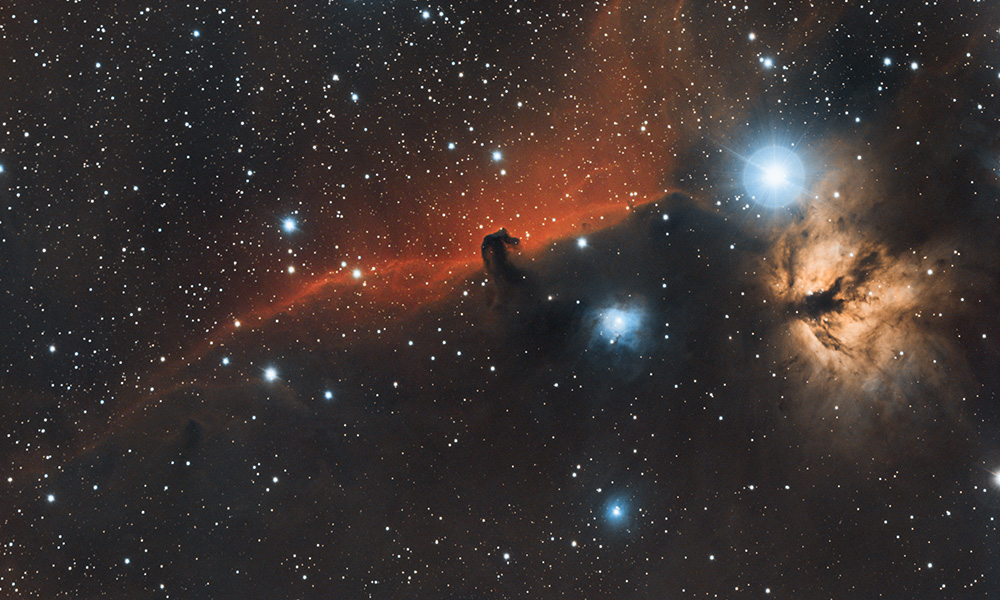
Researchers have created a physical theory encompassing both quantum mechanics and general relativity which can help scientists construct a complete theory of how the universe works. Photo credit: Bryan Goff on Unsplash
In a new study published in Nature Reviews Physics, an international research team, including UBC Okanagan’s Dr. Mir Faizal, has ventured into uncharted territories for physics by trying to blend Einstein’s theory of general relativity with quantum mechanics. This innovative approach paves the way for new insights into the nature of space and time.
General relativity explains the structure of the universe at a very large scale—the scale of galaxies. However, the universe at a small scale, such as atomic physics is described by quantum mechanics.
It has not been possible to construct a complete theory of the universe, encompassing both quantum mechanics and general relativity, explains Dr. Faizal. Physicists have long argued that any such theory cannot emerge from space and time.
This mind-bending observation of space and time emerging from something that is neither space nor time challenges our conventional understanding of the universe, he explains. This is the reason why blending general relativity with quantum mechanics is so difficult Dr. Faizal adds.
However, these researchers point out that this emergence can be understood using water as an analogy.
“Water is made up of individual molecules,” explains Dr. Faizal, an Adjunct Professor of Mathematics and Physics with UBCO’s Irving K. Barber Faculty of Science. “Water also forms shapes like a whirlpool, when it is drained. However, at the scale of individual molecules no such shape exists, and this geometric shape is an emergent structure. Similarly, the geometrical shape of space and time is emergent.”
This analogy helps to explain how space and time can emerge from a theory which does not exist within the confines of either.
“Any attempt to construct quantum gravity seems to indicate that spacetime would emerge from something that exists neither in space nor in time. So, we are now looking at a physical theory which is beyond space and time,” adds Dr. Faizal, who is also the Scientific Director of the Canadian Quantum Research Center.
Researchers now have used moving fluids to understand the emergence of space and time. This allows them to further investigate some deep questions related to the quantum physics of black holes. They hope this will foster collaboration between researchers from different disciplines to further the understanding of these complex phenomena.
The global research team includes Dr. Samuel Braunstein from the University of York in the UK, Dr. Lawrence Krauss, Dr. Francesco Marino from the National Institute of Optics in Italy and Dr. Naveed Shah from the Jamia Millia Islamia University in India.